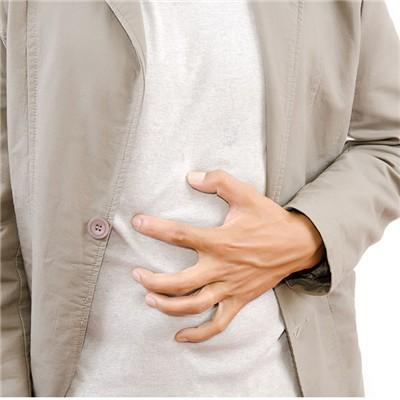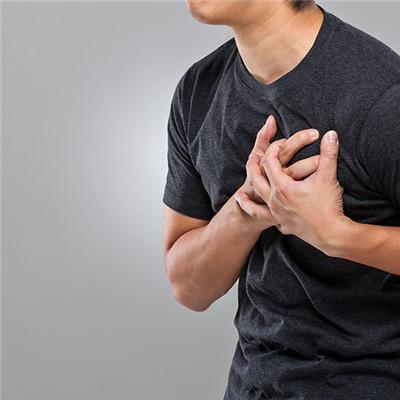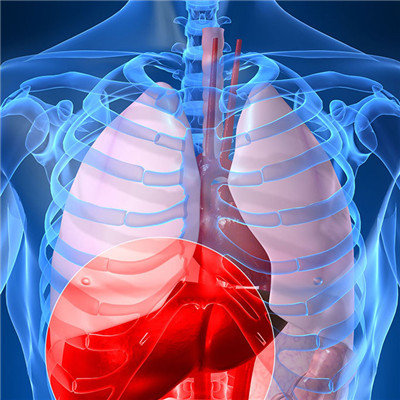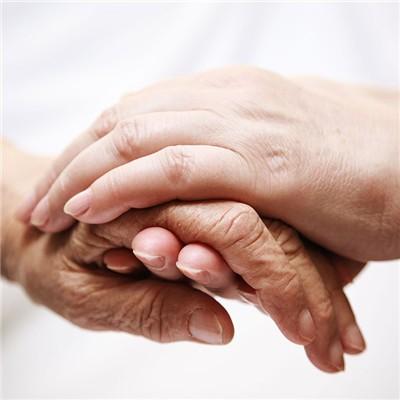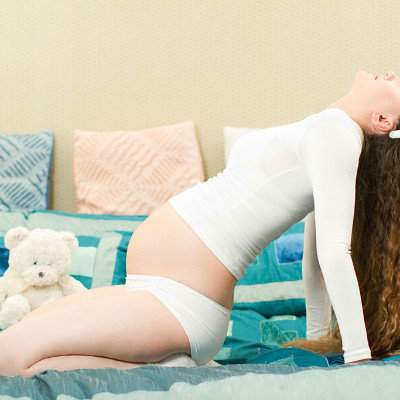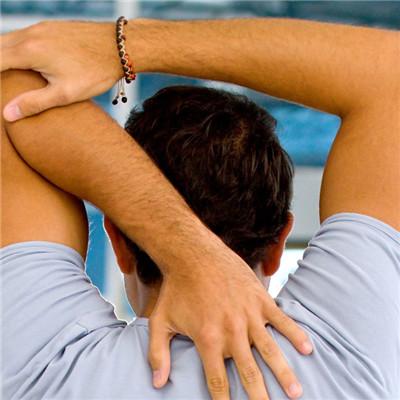Why does the child wet the bed
summary
Bed wetting is a very common phenomenon for children. Generally speaking, children over 5 years old should have less bed wetting, but some children have been doing bed wetting for a long time, which makes mothers very worried. It's also bad for children's physical development. Mothers can't understand why children are so old and still wet their beds. What's the matter with the appearance of bed wetting? What causes it? Today, I'd like to share with you what happened to a little boy's long-term bed wetting.
Why does the child wet the bed
First: many parents always beat and scold their children when they wet their beds, which leads to their children's fear of urination and their shyness and inferiority complex, which makes them more vicious circle and often wet their beds. Or because of a sudden change in the new environment, or a sudden loss of parental care and other reasons.

Second: if not for the above reasons, most of the children's bed wetting is caused by the dysfunction of cerebral cortex and subcutaneous center, but a few may be caused by some diseases, such as pinworm disease, epilepsy and other mental diseases, accompanied by enuresis.
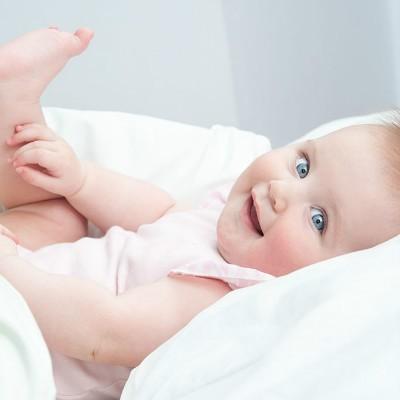
Third: wet diapers are very popular with mothers now, which leads to some mothers' neglect and too lazy. They should train their children to urinate consciously when they are 10-18 months old. If they use wet diapers for a long time, or sit on the bedpan for a long time and urinate while playing, they have no constraint on urination and will develop enuresis over time.

matters needing attention
The method of conditioned reflex can be used for children. One hour or half an hour ahead of the time when the children often wet the bed, the alarm clock can wake the children up in time to urinate, so that the wake-up bell and the stimulation of bladder filling appear at the same time. After a period of training, the conditioned reflex is established, and the children can be awakened by the stimulation of bladder filling, so as to achieve the purpose of self-control urination.





